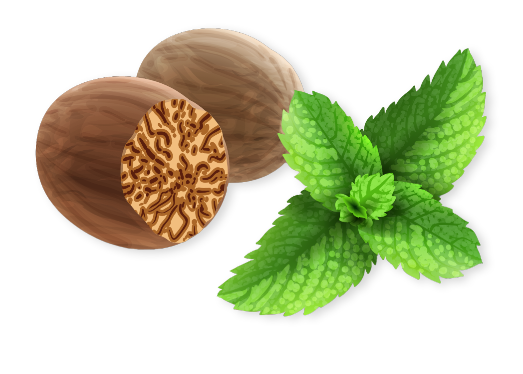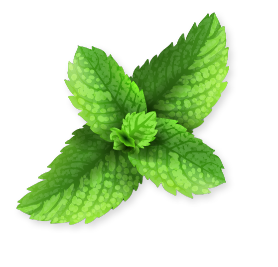Is Steam Inhalation Good for Sinusitis?
Wednesday, March 12, 2025Sinusitis is a common condition that leads to nasal congestion, facial pressure, headaches, and difficulty breathing. It occurs when the sinuses become inflamed due to infections, allergies, or environmental irritants. One of the most widely recommended home remedies for sinus relief is steam inhalation, which involves breathing in warm, moist air to loosen mucus and reduce nasal blockage. But does steam inhalation truly help in sinusitis, and how should it be done correctly for maximum benefits?
How Steam Inhalation Works for Sinusitis
Steam inhalation works by introducing warm, moist air into the nasal passages and sinuses, which helps in:
- Loosening Mucus: The heat from steam helps thin out thick mucus, making it easier to drain from the sinuses.
- Reducing Nasal Swelling: Warm air soothes the nasal lining and reduces inflammation, improving airflow.
- Moisturizing the Sinuses: Dry air can irritate the nasal passages, leading to congestion. Steam provides necessary moisture, preventing further irritation.
- Relieving Sinus Pressure: By helping the sinuses drain, steam inhalation reduces the pressure that causes facial pain and headaches.
Several studies suggest that steam inhalation provides symptomatic relief for sinusitis by clearing mucus and improving nasal passage function. However, it does not cure bacterial infections or chronic sinusitis. While steam helps ease congestion, it should be used alongside other treatments.
How to Do Steam Inhalation for Sinusitis Relief
1. Traditional Bowl Method
- Boil water and pour it into a large bowl.
- Add natural decongestants like eucalyptus oil, tulsi leaves, or turmeric for enhanced benefits.
- Cover your head with a towel and inhale the steam for 5–10 minutes while keeping your eyes closed.
- Breathe deeply through the nose to allow warm air to enter the sinuses.
2. Steam Inhalers
- Electric steam inhalers provide a safe and convenient way to inhale steam without the risk of burns.
- They work by generating controlled steam, often with a nozzle that directs warm air toward the nose and mouth.
3. Warm Showers or Humidifiers
- Taking a warm shower can provide the same benefits as direct steam inhalation, especially if the bathroom is steamy.
- Using a humidifier in dry weather prevents sinus dryness and irritation.
Precautions While Doing Steam Inhalation
Avoid excessive heat: Inhaling steam that is too hot can burn the nasal lining, causing irritation instead of relief.
Keep a safe distance: Maintain at least 10 inches between the face and the bowl to prevent burns.
Limit duration: Steam inhalation should not exceed 10 minutes per session, and twice a day is sufficient.
Not suitable for everyone: Children, elderly individuals, or those with respiratory conditions like asthma should consult a doctor before using steam therapy.
When to Avoid Steam Inhalation
While steam inhalation is generally safe, it may not be suitable in certain cases:
High fever: If a sinus infection is accompanied by a high temperature, steam may worsen discomfort.
Severe bacterial sinusitis: In cases of bacterial infection, antibiotics may be required rather than just symptomatic relief from steam.
Chronic sinus issues: For long-term sinusitis, steam inhalation alone may not be enough and should be combined with other treatments.
While steam inhalation is a highly effective remedy for sinus relief, it should be used as part of a holistic treatment plan that includes dietary modifications, hydration, and proper medical care when necessary. By adopting these natural practices, sinus health can be maintained effectively.
You can write to us.
BOOK APPOINTMENT



























